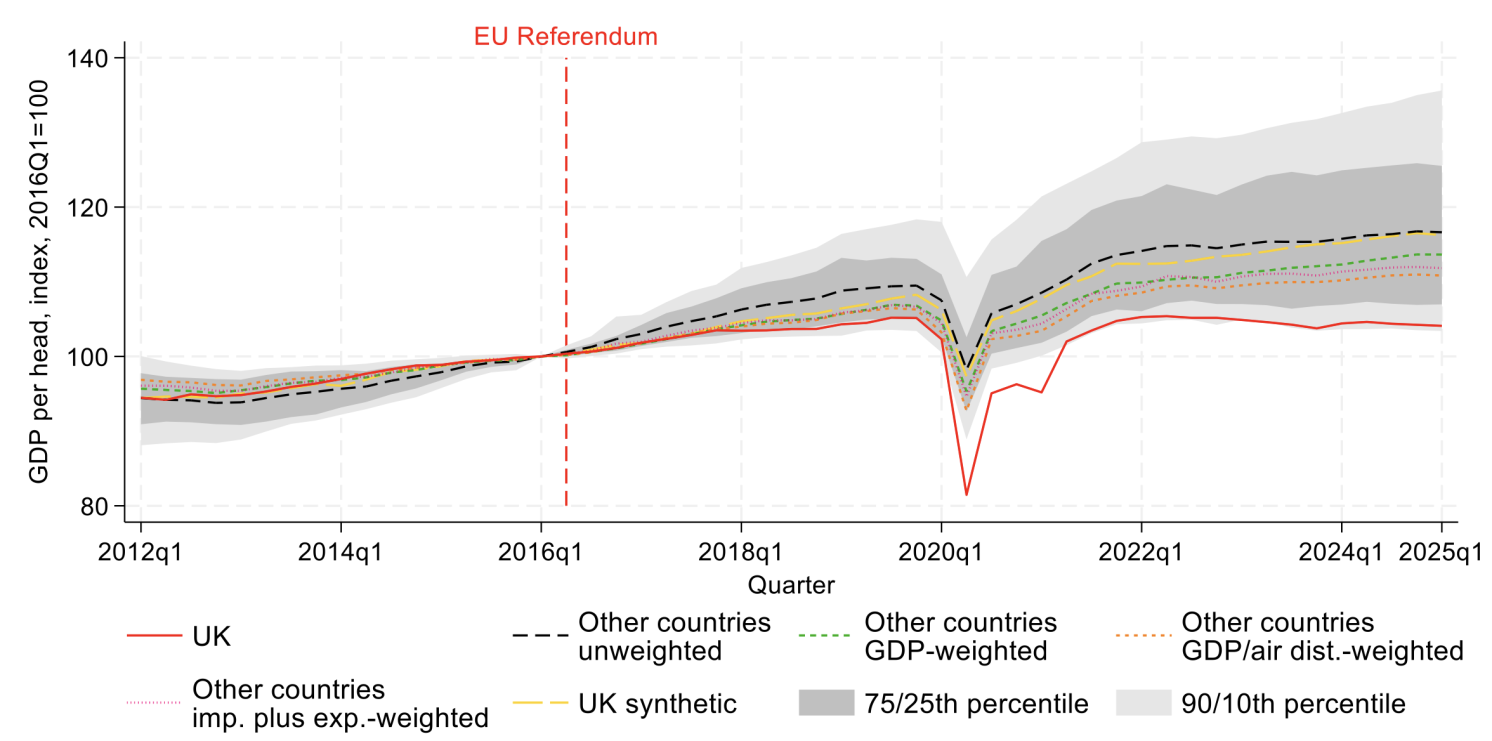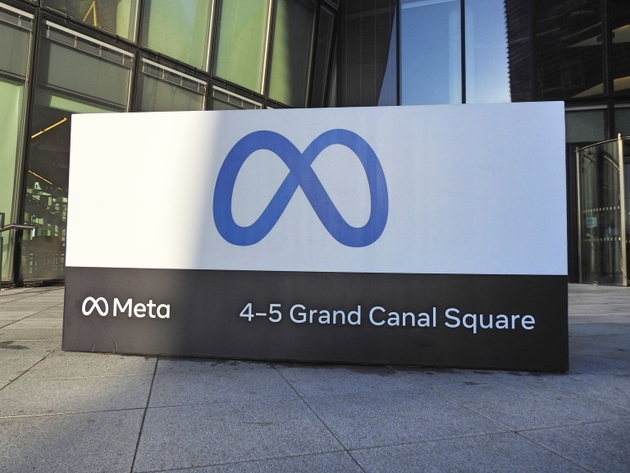Investors eyeing private credit opportunities would be foolish to ignore the Asia Pacific opportunity, Andrew Tan, Asia Pacific CEO for credit house, Muzinich & Co, explained to FinanceAsia.
Supporting this position is the region’s vast growth potential, he explained, which it offers at a time when recession is looming almost everywhere else in the world.
“People here are still investing in capex; they are still spending for growth. So, if you want exposure to a region of growth, you really can’t ignore Apac,” he reiterated.
According to Preqin, global private credit represents a $1.4 trillion market, up from $500 million in 2015, and constitutes a sector that is set to grow further to $2.3 trillion, by 2027. Asia currently accounts for just $90 billion of the asset class, which demonstrates the region’s potential.
The Muzinich team is looking to close its first Asia Pacific-focussed, mid-market credit fund, Muzinich Asia Pacific Private Debt I, by the end of June this year. The strategy targets $500 million in total commitments, Tan confirmed.
Launched in 2021 with approximately $200 million in seed capital from Singapore’s DBS Bank as well as early commitments from European pension funds and insurance companies, the fund has raised just under this amount so far. It has deployed $180 million across seven investments in Australia, India and Hong Kong to date, and across the remainder of 2023, it will deploy a further $150 to $200 million.
“It’s safe to say that DBS also saw that there was an opportunity to lend to a funding gap that exists because of the banking regulation policy that’s starting to hit Asia – more so in the last three to five years,” he said.
From junk bonds to direct lending
Muzinich was set up in the US in 1988 by George Muzinich, who during the junk bond market boom identified an opportunity to invest in bonds issued by companies with solid fundamentals that had experienced credit downgrades. Later, the firm expanded its remit to encompass investment-grade strategies and syndicate loans.
The 2008 global financial crisis (GFC) and subsequent increase in regulatory capital requirements under Basel III saw a retrenchment in bank lending to lower and core mid-market companies, and in 2014, Muzinich launched a European private credit business to address the opportunity.
It began with direct lending to companies in the UK, Italy, Spain and Germany, before the firm established a pan-European private debt platform. The general partner’s (GP) strategy has evolved since to offer a third European iteration, with over €1.5 billion ($1.65 billion) in current assets. It commenced its US private debt business three years after the establishment of its European presence, and its second fund in this region focusses on lending to lower mid-market businesses.
The firm has “stuck to its guns for the last 30-plus years,” Tan noted, and remains known for its competencies as a pure credit player.
Appetite for Asia
The limited partner (LP) mix behind the firm’s debut Asian strategy currently includes Asian, North American and European institutions, and the firm is witnessing increased interest in the space from family offices.
“If you talk to people in private credit, it feels like there’s a lot of focus on this particular investor base.”
“They are quite up to speed on [private debt] strategies, especially those that are a larger or more organised, be they multi- or single family offices.”
Fundraising for a second Apac-focussed private credit fund will commence when the first fund is 70-75% deployed, most likely in the second half of 2024, he shared.
In terms of tenor, Asia deals tend to be shorter in term compared to elsewhere – around two to four years in length, he explained. “Most of the deals are on the three-year mark, I would say.”
Tan joined Muzinich in 2020 and was appointed CEO for Asia Pacific in the second half of last year.
As one of the youngest private credit players in the Asia Pacific region, he understands that the firm has its work cut out. After all, the GP is competing with well-established names including Blackstone, Apollo and KKR, all of which have added to their regional private credit capabilities in recent years.
In December, Hong Kong-headquartered PAG closed its fourth pan-Asia loan fund at $2.6 billion, making it the largest regional credit strategy to date. Meanwhile, Ares SSG, the Asia arm of US Ares Management, closed its $1.6 billion Secured Lending Opportunities Fund III in July 2021; and in May of 2022, KKR raised $1.1 billion for its debut Asia Pacific Credit Fund.
However, Tan underlined that many global firms mistakenly employ the same approach in Asia as they do in Europe or the US.
Vying for big ticket deals and borrowers who operate in the upper mid-market to large cap arena – he explained that these market entrants threaten to cannibalise their opportunity in a space that is already catered to sufficiently by Asian banks. This, he explained, has forced lenders to enter into “covenant-lite” structures, where they extend financing to borrowers at a lower restriction threshold that limits lender protection.
In contrast, Muzinich targets a segment that is underserved by the banking sector: the mid-market – those companies with revenues between $50 million and $1 billion.
An outlier on India
Tan’s remit includes growing the firm’s regional team of seven private debt investment professionals to execute on ambitious plans. Spread across the firm’s core markets; Hong Kong, Singapore and Australia, the team also covers Indonesia, New Zealand and India.
But India is not a significant source of deals for Muzinich, because of the exponential interest the market has garnered from alternative fund managers and institutional investors.
“For us, India is definitely a market with demographics in its favour – it has a young, large and growing population and it has seen the benefits of the recent supply chain shifts away and decreased reliance on China,” he explained.
But the large amounts of capital chasing opportunity there have made it a challenge to find good value relative to other markets in Asia Pacific.
“Occasionally there are deals where you can find a decent risk-adjusted return, but at this point, most of what we’ve come across has not been easy to justify, given the amount of onshore liquidity,” he said.
Major asset owners, including Canada’s largest pension fund, Canada Pension Plan Investment Board (CPPIB), have been eyeing private credit opportunities in the market. Meanwhile, Caisse de dépôt et placement du Québec (CDPQ) set up a $300 million credit platform in the market in 2020. The French-Canadian asset manager first established boots on the ground in New Delhi, in 2016.
Regulatory improvements such as India’s introduction of an Insolvency and Bankruptcy Code in 2016 have supported such international participation. This particular directive lays out the process for investors to recover assets in distress credit situations, insolvencies, and liquidations.
“That was really a turning point, in terms of building foreign investor confidence,” said Tan.
“I would say there is room probably for the situation in India to perhaps reprice itself before we would commit more capital to it.”
Risk adjusted returns
Tan views opportunity for attractive risk adjusted returns in Australia, Hong Kong and, to some extent Singapore – where there is a good level of over-collateralisation and investor protection.
He shared Muzinich’s plans to recruit a new executive to cover Greater China, and its aspirations to launch Asian trading in the second half of the year, which would see the establishment of an office in Japan in May, comprising of at least two professionals.
While the Apac region currently accounts approximately for just 10% of the firm’s total assets under management (AUM), Tan emphasised the business’s desire to grow this figure alongside the client coverage it offers in the region.
With its Asian private debt strategies aiming for mid-teen returns and a cash interest return of 8-10%, the Muzinich team views private credit as helpful to direct lenders, in order to avoid the J-curve that is common in PE.
Its resilience in the current environment also supports investor participation. Indeed, credit’s floating rate environment can shield investors from interest rate hikes.
Tan explained that, because private credit firms tend to lean on benchmarks such as the Secured Overnight Financing Rate (SOFR) plus a margin, in the current environment, a 6-8% margin can translate to a cash interest rate of around 10%. This contrasts PE, which can suffer from lower valuations and diminished returns when the cost of borrowing goes up.
The warrants that the firm’s strategies often incorporate in their credit strategies – which offer investors the option to purchase shares in a company at a future date and predetermined price and thus can be monetised if a borrower pursues a stock exchange listing later on – also make the credit segment attractive for their capacity to bump internal rates of return (IRR) by additional percentage points.
But besides pursuing positive returns for the firm’s investor base in the context of wide economic uncertainty, the new Apac CEO’s priorities for the year ahead include growing brand awareness outside of the institutional investor base.
“The priority is to help investors to understand what we stand for, how we have been delivering for investors, and our solutions-based approach towards business building and clients,” he said.
As of end of February 2023, Muzinich’s private markets business accounted for approximately $4 billion of its total $36.7 billion in AUM.
¬ Haymarket Media Limited. All rights reserved.






































